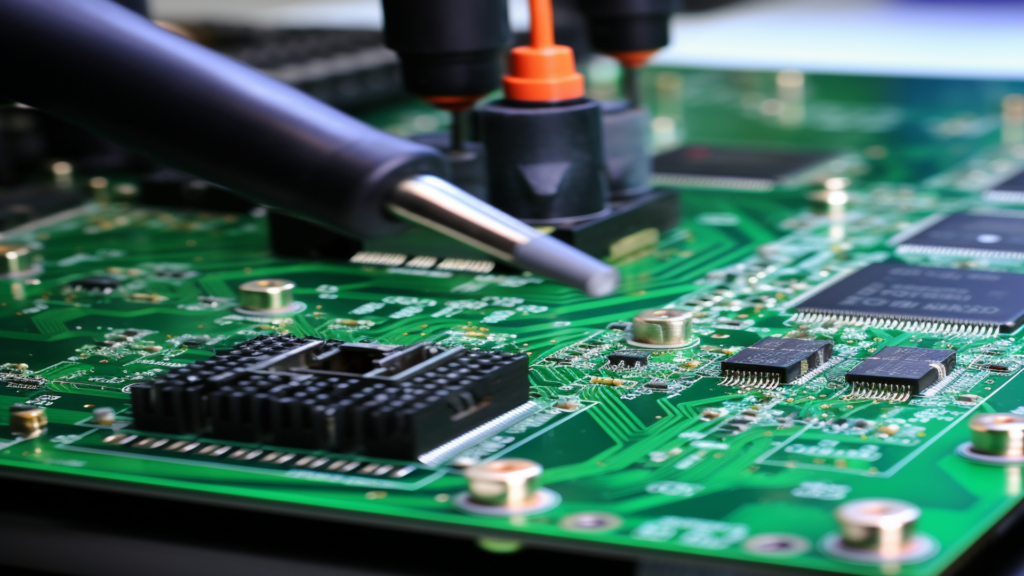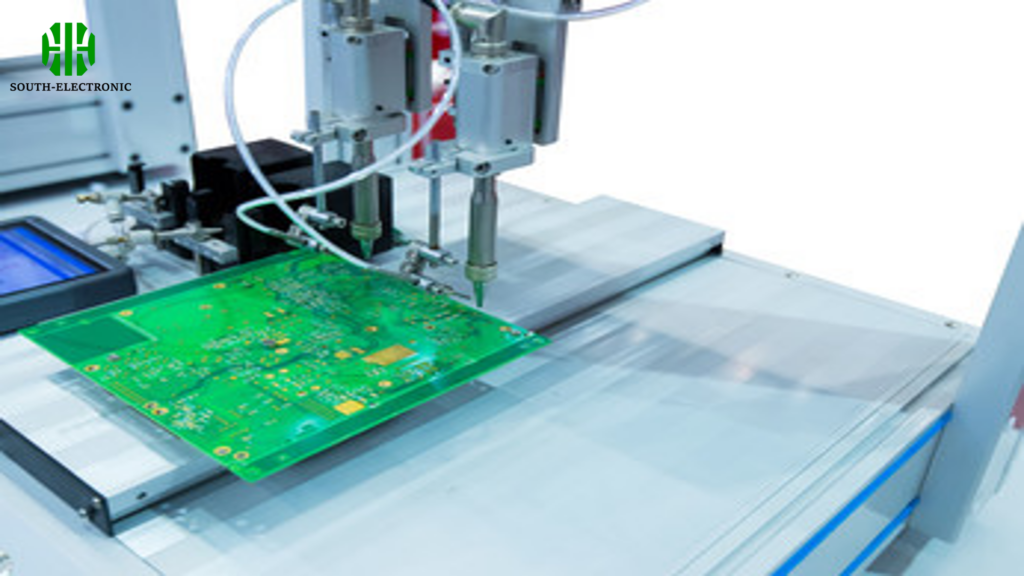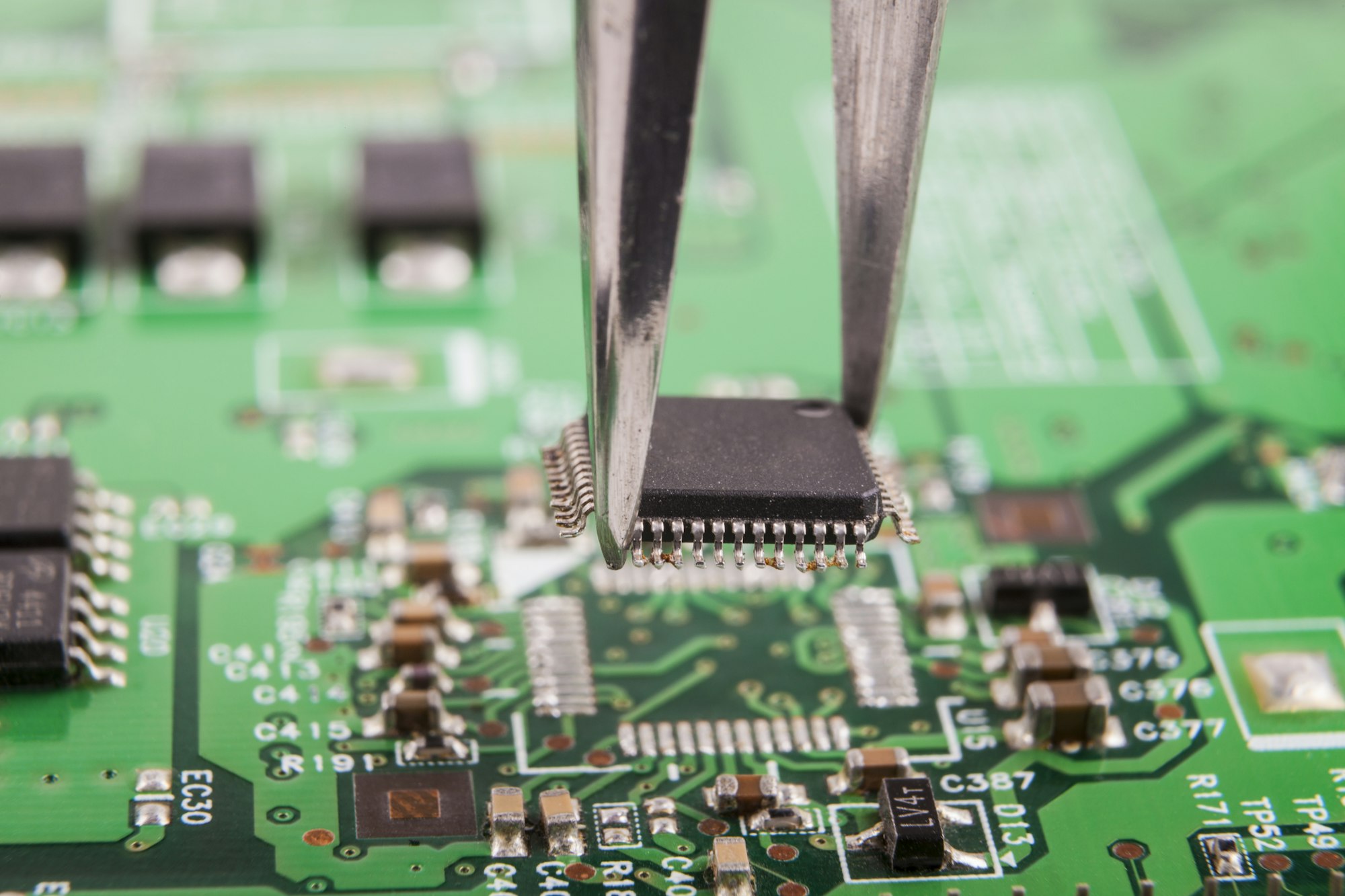You must have encountered a lot of doubts and hardships when designing PCB boards. This article answers the most pressing and common questions about PCB design. Covers differential routing, signal integrity techniques and debugging strategies, providing insights into PCB design from understanding traces, layers and signals, file conversion and more.
Question 1: What’s the Difference Between Traces, Flywires, and Nets?
Answer: Traces, also called copper tracks, are the connections between various solder points that are essential in PCB design. Flywires, also known as pre-routed wires, are visual guides for routing that are created by systems based on specific rules and do not have electrical connectivity. Nets, on the other hand, are the combination of solder points and the traces that connect them, which is why they have a broader scope in PCB design than traces.
Question 2: How Do Mid-Layers Differ from Inner Layers?
Answer: People often get confused about the terms “mid-layer” and “inner layer.” Mid-layers are the layers in the board that you route traces on. Inner layers, on the other hand, are usually power or ground planes. They’re mostly solid copper and you don’t route on them very often.
Question 3: Why is Copper Cladding Important and What Does it Do?
Answer: Copper cladding helps to protect your PCB from interference. It’s important to apply it last, especially when you’re enclosing traces or adding teardrops for extra strength.

Question 4: Why Convert PCB Files to GERBER Files Before Manufacturing?
Answer: Converting your PCB designs to GERBER files is important because it guarantees that the PCB manufacturer will interpret your design correctly and that you won’t end up with unwanted elements on your final product. GERBER files are based on international standards and provide a detailed representation of your design that the manufacturer can use to accurately manufacture your PCB.
Question 5: Implementing Differential Routing for a Single-Ended Clock Signal
Answer: Differential routing is not suitable for single-ended clock signals because both the source and receiver must support differential signals.
Question 6: Should I Add a Matching Resistor Between Differential Pair Receivers?
Answer: Yes, adding a matching resistor, matched to the differential impedance, between differential pair receivers can improve signal quality.

Question 7: Balancing Manual and Automatic Routing for High-Speed Signals
Answer: The advanced routing software has constraint settings that let you control routing styles and via counts. The big difference in routing capabilities among different EDA tools makes it important to choose software with a robust routing engine to get the best results.
Question 8: Do test points affect high-speed signal quality?
Answer: Yes, test points can affect high-speed signals. The impact depends on the frequency and edge rate of the signals. You can use simulation to assess the effects. You can minimize the effects by using smaller test points and shorter branches.
Question 9: What are the two commonly referenced formulas for characteristic impedance?
Answer:
(1)Microstrip line
(microstrip) Z=f87/[sgrt (Er+1.41) ]ln[5.98H/ (0.8W+T)]
Where W is the width of the trace, T is the thickness of the copper in the trace, H is the distance from the trace to the reference plane, and Er is the dielectric constant of the PCB material. This formula should be used when 0.1< (W/H)<2.0 and 1< (Er) <15.
(2)Stripline:
(stripline) Z=[60/sqrt (Er) ]lnf4H/[0.67 (T+0.8W) ]
Where H is the distance between the two reference planes and the parallel trace is located in the middle of the two reference planes. This formula should be used when W/H<0.35 and T/H<0.25.
Question 10: What should you start with when debugging a circuit board?
Answer: As far as digital circuits are concerned, there are three things that need to be determined in order:
(1) Confirm that all power supply values meet the design requirements. Some systems with multiple power supplies may require certain specifications on the order and speed of powering on certain power supplies.
(2) Confirm that all clock signal frequencies are working properly and there are no non-monotonic problems on the signal edges.
(3) Confirm whether the reset signal meets the specification requirements
If these are normal, the chip should send out the first cycle signal. Next, debug according to the system operating principle and bus protocol.



